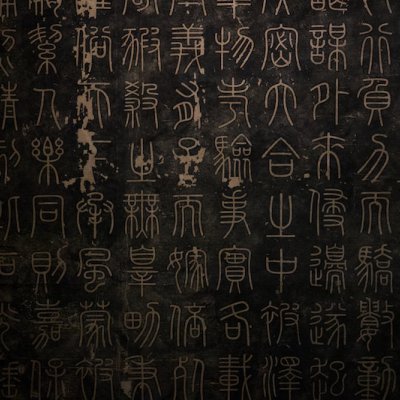Traducción
■■■■■■■■■■■■■■■■■■■■■■■■■■■■■■■■■■■■■■
Palabra por palabra
Ejemplos
Can't you hear the baby is crying? | ¿No oyes al bebé llorar? |
Why the baby is crying. | Por eso el bebé llora. |
Can't you hear the baby is crying? | ¿No oyes al bebe llorar? |
Yes, when the baby is crying. | Sí, cuando oyes al niño llorar. |
The children may talk about why the baby is crying and what they need to do. | Las niñas pueden hablar de por qué el bebé está llorando y lo que deberían hacer. |
They're caused by a concentration of immature blood vessels and may be the most visible when the baby is crying. | Están causadas por una concentración de vasos sanguíneos inmaduros y pueden ser más visibles cuando el bebé está llorando. |
They are caused by a concentration of immature blood vessels and may be the most visible when the baby is crying. | Se deben a una concentración de vasos sanguíneos inmaduros y pueden ser más visibles cuando el bebé llora. |
The thing is, as the parents say, that the baby is crying out loud, is capricious and does not calm down until he is fed. | El caso es que, como dicen los padres, el bebé está llorando en voz alta, es caprichoso y no se calma hasta que lo alimentan. |
Because of that, she can tell this time around whether the baby is crying just because he's fussy, or whether there might be something to worry about. | A partir de esto, ella puede decir esta vez si su bebé está llorando solo porque está fastidiado, o si podría haber algo por lo cual preocuparse. |
The condition can look worse when the baby is crying or fussy, or any other instance that increases blood flow to the skin. | Esta condición puede dar la impresión de empeorar cuando el bebé llora o cuando se pone nervioso o en cualquier otro caso que ocasione un aumento del flujo sanguíneo a la piel. |
Palabra al azar
¡Tirar los dados y aprender una palabra nueva ahora!
¿Quieres aprender inglés?
¡Aprende inglés gratis!












